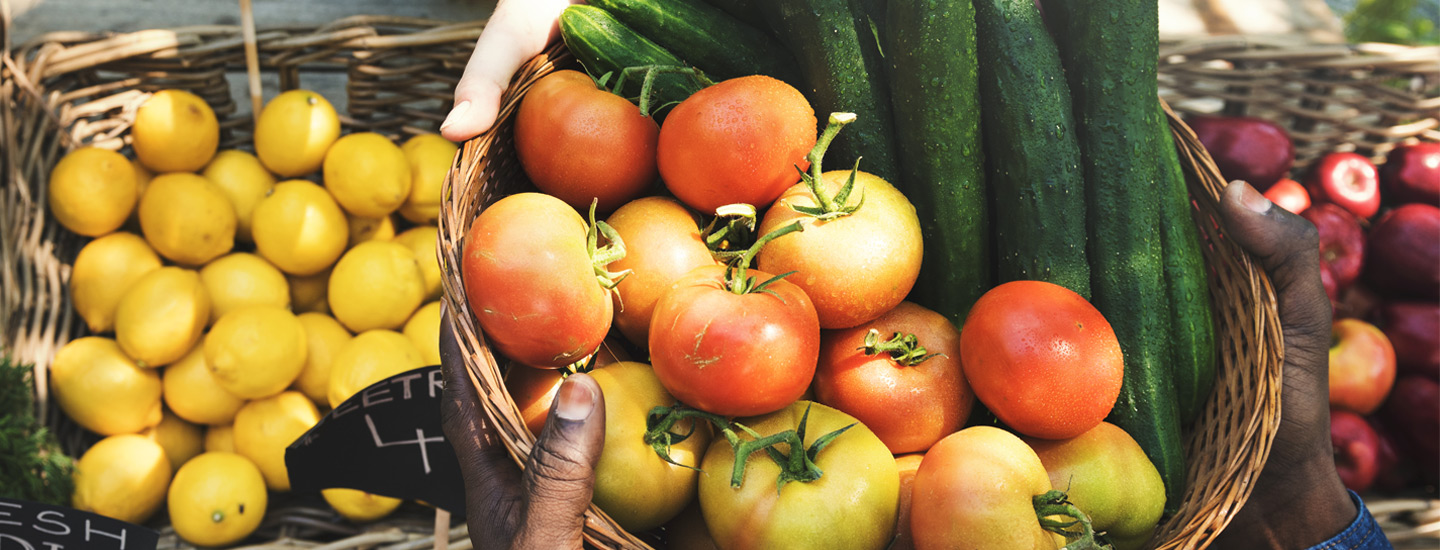One of the most important teachings within the Nutrition Education curriculum to save time and money is meal planning. It’s not as hard as it seems, but it does help to have useful steps to guide you.
Before we guide you through a five day meal planner, here are some tips and tricks from our Florida Nutrition Ed Regional Director, Rebecca Rodriguez. She works with our nutrition educators across South Florida to enhance our classes, provide real-world examples of how to save money, and helps families make the lifestyle changes needed to eat healthy.
- Meal planning is an excellent tool for budgeting and eating a balanced diet. I like to give examples of how to plan a meal because everyone is different. Participants have told me that implementing some of the other tips and tricks for meal planning opened their eyes to how helpful it can be to eat healthy and save money.
- Use a meal planning calendar and keep track of your spending. A handful of our students mentioned how much they enjoy using their calendars. It keeps them accountable, and it is helpful to see what they're lacking in their meal plans.
- For stretching my meal, and dollars, I always have different spices and herbs in my cabinet because I know the power of seasoning. I believe that just adding a few spices can bring out so many different flavors and make eating healthy fun and delicious. My favorite ones I like to use are pepper, garlic powder, and turmeric. (You can use lime juice instead of salt to make it healthier.)
- Base foods can be seasoned differently to add variety and stretch your budget. Growing up, our base food was white rice and beans. My family always used ground provisions (potatoes, yams, yucca, etc.) and/or rice as the base for all our meals. As I have gotten older, the base of my meals has changed a lot, but lately, I have been using a lot of sweet potatoes. Now I do my best to vary what I eat.
- My favorite ingredients to stretch are beans and spinach. Because they are packed with fiber and protein, I will make a salad with them one day, a dip another day, and a soup another day—the same thing with spinach. I also love stretching an already-cooked rotisserie chicken and eating it multiple days in different ways. I'll eat some chicken with salad one day, eat it with rice another day, and even use the bones for broth.
Now, let’s talk about a simple way to make your week go smoother. Here is a step by step plan from our nutrition education friends at Iowa State University:
Five Day Meal Planner
Step 1: Print Your Planner
Print a copy of the five day meal planning worksheet in English or Spanish. Print a few extra to save this step in the future weeks. Think about what your family has coming up during the next five days. Do you need quick meals, company meals, something for a potluck, or something for a slow cooker? Note this on your planner. You’ll notice that the planner does not include days of the week. This allows you to be flexible and switch the order of your meals throughout the week.
Step 2: Use What You Already Have
Check what you have on hand. Check the refrigerator, freezer, and cupboard for foods that need to be used up. Write these foods on the menu planner under “on hand.”
Step 3: Build Meals from That List
Review the items you listed under “on hand” and think of ways you can use these foods. Write those ideas in the spaces for breakfast, lunch, snacks, and dinner/supper. You may need to buy some foods to go with these items. If so, put these on the grocery list. As you use up items from the “on hand” list, cross them off your meal planning sheet.
Step 4: Watch for Sales
Check for grocery specials. If you don’t get the grocery ads in the newspaper, you can download them from the store’s website or app. As you spot items that are on sale, work them into your menus for the week. It is a smart idea to plan for leftovers. For example, if you are making a big pot of spaghetti on Monday, work it into your menu plan later in the week to be sure it doesn’t go to waste.
Step 5: Balance Your Meals
Review your meals and see if there is something from each of the food groups in most of your meals. This is the simplest way to make sure your meals are healthy.
Step 6: Stock Up When You Can
If you have extra money and there are good specials on items your family uses regularly, try to stock up. If you continue to plan using this method, these bargains will be put to good use as part of your “on hand” list.
Want to give it a try?
You’ll find more tips in this meal planning video, and remember to use the sample meal planner provided. It’s available in both English and Spanish.
This source of this article, “Five Day Meal Planner” is from Iowa State University’s Spend Smart Nutrition Education program. The original article is available here.


